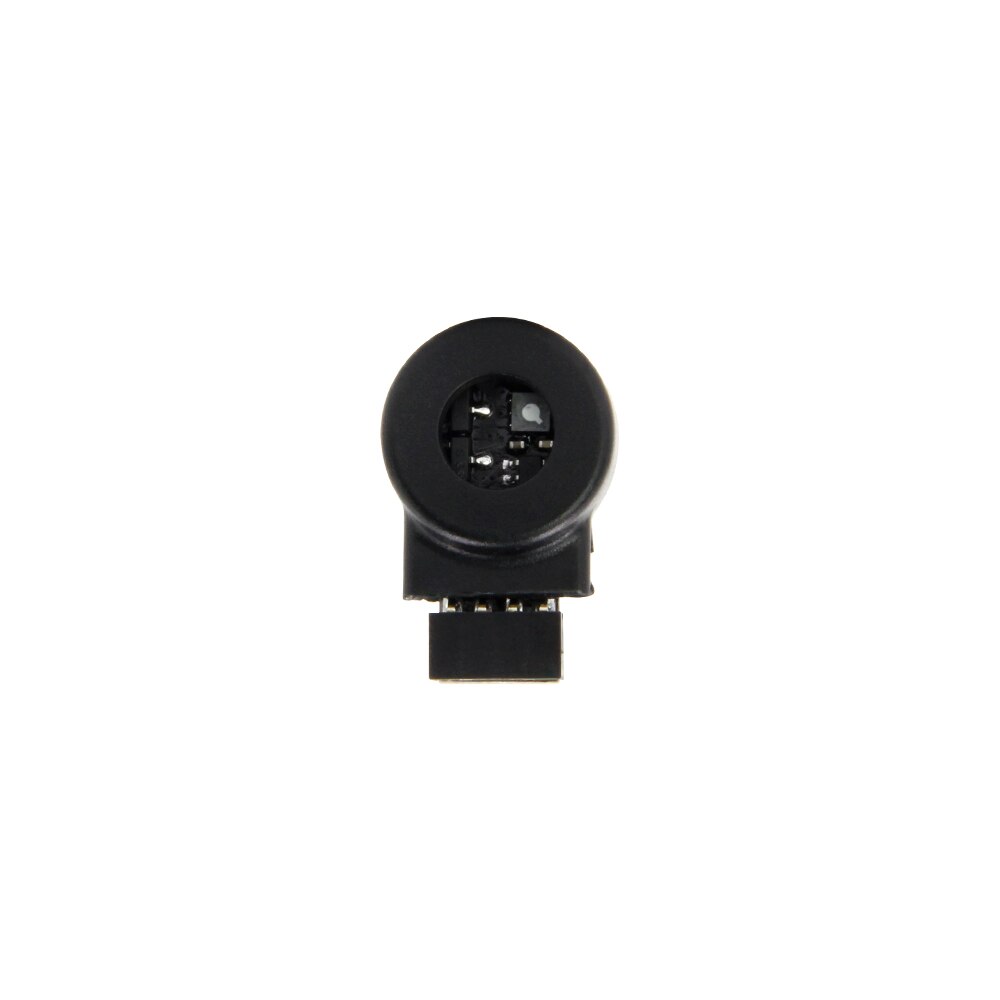LILTGO CO2/VOC Detection SPG30 T-FH Interface Sensor for T-Watch/TTV
Take your custom projects to the next level with the LILYGO CO2/VOC Detection SPG30 T-FH Interface Sensor for T-Wach/TTV! Perfect for any hobbyist, this sensor is packed with amazing features that make creating simpler than ever before.
The primary function is that it does not require a connection line and can be extended directly through the 2.0-pitch header. Simple and beautiful. The APDS-9960 RGB and gesture sensor, T-FH interface board has a built-in APDS-9960 sensor, providing ambient light and color measurement, proximity detection, and non-contact gesture detection. With this RGB and gesture sensor, you can control a computer, microcontroller, and robot, which is much more potent than a simple swipe of your hand!
CO2 and VOC Sensors Explained
VOC(Volatile Organic Compound) Sensor
VOC sensors, which stand for volatile organic compound sensors, are designed to detect and measure the presence of various volatile organic compounds in the surrounding environment. Volatile organic compounds are organic chemicals that can easily vaporize and enter the air we breathe, often released from products that are processed.
VOC sensors such as the LILYGO CO2/VOC Detection SPG30 measure the concentration of these molecules and can provide a warning when concentrations get too high and increased ventilation is needed.
This sensor shown is a sensitive, metal oxide semiconductor (MOS) that is able to detect a broad range of VOCs. This means that the sensor provides a total VOC concentration, not specific molecules or compounds.
Unlike CO2 sensors, a VOC sensor cannot indicate the specific rate of ventilation needed - only the total level of VOCs in the air. It can however indicate a general change in the concentration of contaminants.
In the case of VOC sensors, ventilation is regulated based on the actual presence of some pollutants sensed by the air quality sensor. This may or may not conflict with established ventilation codes. These sensors can also be used to sense periodic episodes of high pollution that might occur when special equipment is being used, or when potent chemicals from cleaners are released into the air.
Working Principle of a VOC Sensor

CO2(Carbon Dioxide) Sensor
When it comes to sensing, most carbon dioxide sensors are designed to monitor and detect the presence of carbon dioxide, based on NDIR technology.
CO2 sensors are used across a wide range of industries like indoor air quality because too much CO2 can be hazardous to health. For example, moderate to high levels of carbon dioxide can cause headaches and fatigue, and higher concentrations can produce nausea, dizziness, and vomiting. At higher levels, loss of consciousness and fatalities may occur.
Note that while some VOC indoor air quality meters claim to measure CO2, they do not. Instead, they perform a rough calculation of the CO2 levels based on VOC measurements.
Working Principle of a CO2 Sensor

LILYGO CO2/VOC Detection SPG30 T-FH Interface Sensor for T-Watch/TTV Specification
- SGP30 sensor
- 4pin 2.0 female row connector
- PC material shell
- Four 2.0-pitch expansion holes are reserved at the bottom
- Input voltage: 3.3V
- Output voltage: 3.3v
- Working voltage: 3.3V
- Ambient light and RGB color sensor
- Proximity detection
- Gesture detection
- Measurement range: 10-20CM
- I2C interface (I2C address: 0x39)
- Used with Molex 4pin 2.0 53015-0410
- TTV extended use
- T-WATCH extended use
- T-WATCH K210 use
- T-Higrow extended use
- Using Dupont line for extended use
- Color: Black
- Material: ABS
- Size: 2.3 x 1.5 x 0.5cm
